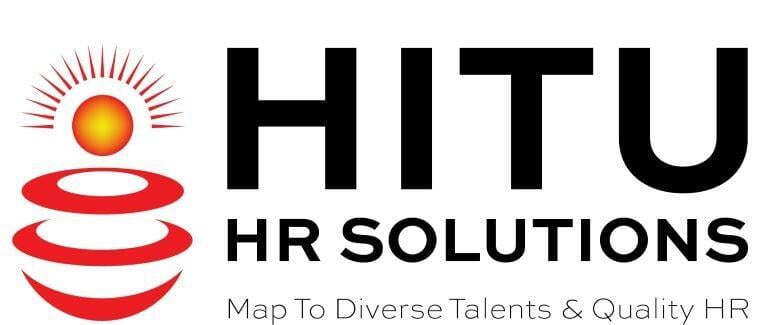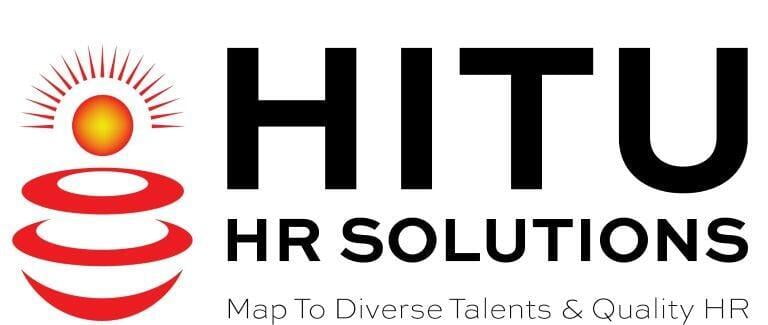Extending diversity management in organizations
By Hitu Sood
Diversity Management is becoming ever more important for organizations. It has long been an umbrella term under which various legal, social and ethical components related to discrimination and justice have found a voice. Nonetheless organizations now need to extend their outlook on diversity management as compared to other equal opportunities initiatives like Affirmative Action or other anti-discrimination legislation. This is because diversity management has the potential to uproot the source of discrimination in its various forms.
More and more organizations are devoting time, resources, and training to ensure managers and employees understand the importance of being inclusive. Managing diversity more effectively starts with the awareness of the benefits of embracing differences and this leads to eventual acceptance of these differences. It has been proven that a diverse workforce can not only lead to an increase in market share and enhance company image but can provide an edge internally through building a culture of collaboration, team work and inclusiveness.
Given that top economies are facing the challenges of an ageing population and shortage of talented labor, organizations globally have no choice but to find innovative ways to engage and retain employees of all age groups as well as, include and attract potential employees from all backgrounds. Organizations have to think of creative ways to retain older employees while making them comfortable as part of the workforce. By effectively managing age diversity and maintaining a talent pool of experienced employees organizations will be able to thrive for longer.
Managing diversity is especially important to organizations operating across borders and in countries where there is a higher percentage of minority groups who are impacted by discrimination due to their migration status and face inequality of treatment. In these situations, diversity management can not only address a business issue but a much larger sociopolitical and even a moral issue of equality and justice. Here HR can use diversity initiatives to focus on creating confidence in the organization's sense of justice and fairness which will (in some way) help in diminishing the effect of differences and biases in society as well.
Diversity is an inevitable consequence of a global economy that challenges organizations to formulate new ways to use it to their benefit. Going ahead organizations would need to get more strategic and use ingenuity in how they manage it. To achieve this a microscopic re-examination is called for even in diverse organizations. The purpose should be to understand what diversity management really means to its employees as well as to uncover what unconscious and/ or hidden biases might be at play and may not have been accounted for previously. Diversity can be present not just in the form of ethnicity, age, gender, education but also marital status and priorities. For example, organizations are realizing that the work family balance issue is not just one facing women it effects men too. The challenge for HR then is to build a culture and form policies that caters to the need of the entire organization while not ignoring individuals with specific needs (such as someone with caring duties at home or someone who is a single parent). This can be achieved only if there is more dialogue on what diversity means to different groups. The result of opening the dialogue might be the realization that (few of) the current HR policies (such as related to staffing, career management and planning, and performance management) have to be modified to keep with the altering demographics and to sufficiently meet the needs of these dynamic times.
Diversity management has mostly been about handling the issues of discrimination, injustice and inequality in employment. However, now the recognition for managing diversity in all forms has arisen. What is required now is a more innovative approach that will provide a more holistic and broad scope beyond the legal perspective. HR practitioners will have to take lead in extending diversity management plans by being active players in formulating policies and enabling organizational cultures that emphasize inclusiveness, fairness, ethical treatment and justice implied and embedded in all its policies, procedures and practices.
The power of words- a case for exploring organisational lingo
By Hitu Sood
The power of words is highlighted in recent events in the political arena, presenting an opportunity to remember to choose and use our words carefully. In the business context, organisations can harness the power of words to create a certain culture. Every successful business I have worked with (as an employee or as a consultant) had their own unique language that is, organisational lingo. The organisational lingo in some cases is so ingrained in the cultural fabric that it is hard for people inside the organisations to recognize it. This makes determining or even registering the impact of it a tough call. That is why hiring consultants from time to time is crucial for organisations- not only does it present an outsider’s point of view it also creates a space for reflection especially for the HR within.
Organisations are entities that represent the collective identify of people associated with it. It is no wonder then that language is important. However, as the management scene gets ever more bombarded with new (rather in most cases re-packaged) techniques and talk of the advent of "AI" (and such) I find that simpler things are lost. The simplicity of using words effectively in organisations and as HR practitioners being aware of the "lingo" of our organisations can be a powerful tool.
Organisational lingo is a by-product of the organisational culture or sometimes vice versa. Words commonly used by employees or inside jokes can provide a window into the hidden organisation culture. Question then is- How often does HR take time to listen to what the “organisational lingo” is saying? and what techniques/ tool can HR use to tap into uncovering the organisational lingo?
Some tools and techniques are already in place in most organisations but (maybe) what is sometimes needed is a fresh set of eyes to notice what words are being repeatedly used by employees and; what words are becoming too common to get noticed. Again an outside consultant can be useful in this scenario. Most organisations hold the old fashioned town-hall type meetings that are valuable but organizing smaller focus groups to understand the thoughts of employee on various aspects on regular basis can help tune into the organisational lingo.
Further, HR can use "dialogue or debate days" to explore the untamed power of organisational lingo. A day (or two) can be dedicated to not only tap into the organisational lingo but also to create awareness of issues such as diversity as well as, help in finding solutions to organisational problems. Listening to the words used by employees to describe themselves, the organisational culture, and the state of relationship between the employee and the organisation can help discover the organisational lingo that might have eluded the HR in organisational wide initiatives.
Organisational lingo can be a useful tool to unveil the concealed organisational culture. Organisational culture is not what is written on the posters of most organisations; the real culture can only be understood by closely listening to the words of employees. Sometimes the most powerful tools that organisations need are the simplest such as attention and reflection. Attention- to simple, small and obvious aspects such as words used every day at work places, and reflection before and after devoted to examining what they might be pointing to.
Time to talk about the neglected partner in leadership
By Hitu Sood
The concept of leadership is incomplete without understanding it in relation to followership. This topic has been on my mind recently. The world has previously mostly been preoccupied in trying to figure out leaders and the follower’s perspectives have received little attention. What is forgotten is that the relationship between leaders and followers is two-way; there is mutual dependence on each other for the fulfillment of motives. As with any other experience both parties evolve through it.
The well known secret of leadership is that leaders are usually good at interpreting the collective conscience. If you think about it you will realize that the function of leadership is to carve a sustainable mission by culminating the collective desires and needs, to propel people by engaging their values and motivations. Leadership in fact starts with an understanding of followership.
To some extent leadership can be viewed as a personal experience between the leader and the follower. However, the power imbalance between the two usually is significant. Leaders are very aware of their power and exert their influence as they see fit. Followers on the other hand can sometimes not escape the leadership they are subjected to.
What followers can do is exert influence on leaders too. Followers can define the leadership they experience by being more aware of their own power. This awareness allows them to play a role in maintaining the power balance. They are the ones who give leaders the power through their followership. As the world is starting to witness followers are slowly becoming active players in the role leadership plays and the power leaders are able to exert. It is time that we started engaging with the neglected concept of followership and gave as much attention to followers as we do to leaders.


